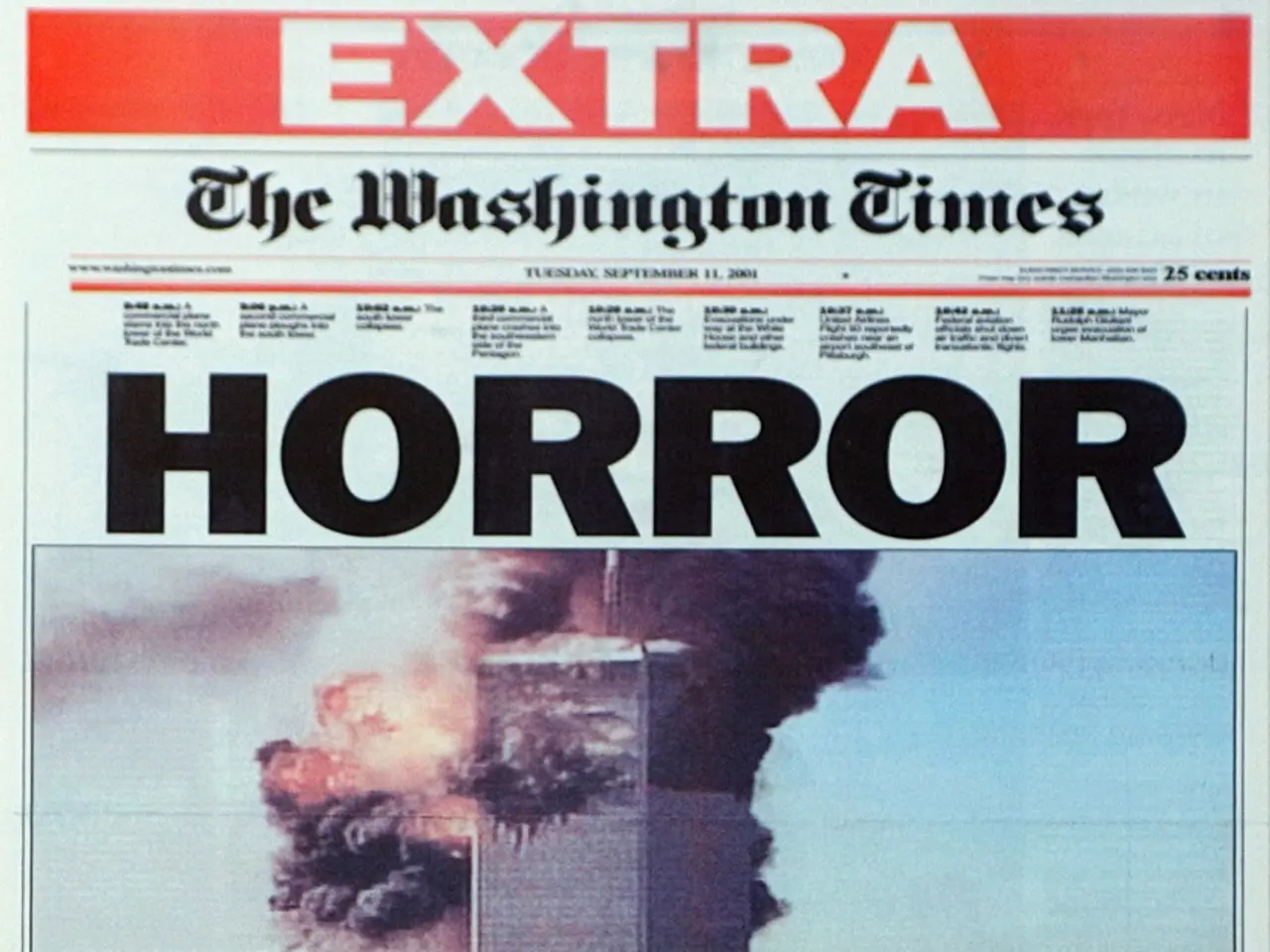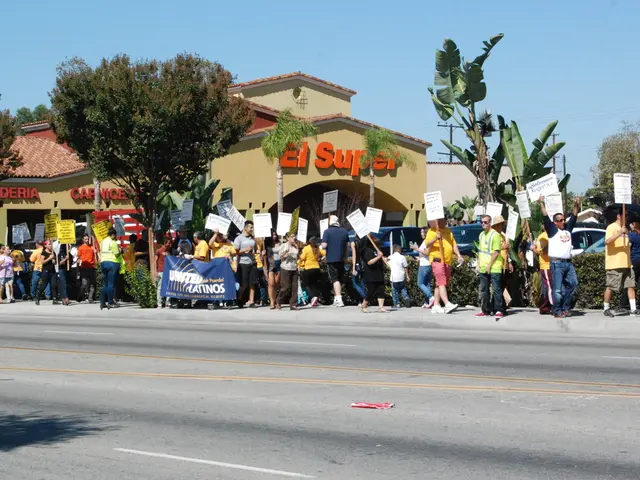The Emergence of Media Bias in News Reporting: A Timeline Exploration
In the realm of media and journalism, the debate over free speech and the responsibility to present balanced information continues to be a contentious issue, especially in the United States. This discourse has had significant implications for the news and media industry, with the repeal of the Fairness Doctrine serving as a pivotal moment.
The Fairness Doctrine, a regulation in place from 1947 to 1987, required licensed radio and television broadcasters to present balanced and unbiased coverage of controversial issues. However, in 1987, the doctrine was repealed, leaving broadcasters free to report biased or unbiased information without going through bias regulations.
Nic Newman, a reporter at Oxford University, discusses the changes in journalism due to the internet and social media. He argues that these new platforms have led to an explosion of choices, making it difficult for people to find factual information amidst the sea of opinions.
The repeal of the Fairness Doctrine is seen as one contributing factor to the rise of media bias and political polarization. By removing the obligation for broadcasters to present balanced viewpoints, it allowed the growth of partisan media outlets, particularly talk radio. This deregulation enabled media figures to cater directly to partisan audiences without needing to provide balanced perspectives, thereby fostering division and polarization in news consumption.
However, it's important to note that the repeal of the Fairness Doctrine is just one piece of a broader media ecosystem shift influenced by new technologies and market pressures. Other significant drivers of media bias and polarization include the advent of 24-hour cable news cycles, economic incentives that transformed news into entertainment, social media and digital news feeds that amplify partisan content, and hiring and editorial practices leading to ideological homogeneity in legacy media.
In modern media, there is a competition for views and clicks on a journalistic article. This increasing competition can lead to a disproportionate focus on certain areas of news or topics, potentially exacerbating media bias.
Moreover, social media platforms like Instagram and TikTok contribute to media divisions due to the abundance of options and personalized algorithms. These personalized algorithms can inadvertently feed biased information, creating echo chambers and reinforcing existing beliefs.
The Arab Spring in 2008-2009 is an example of the impact of social media on freedom of expression. However, the consequences of increasing media bias can lead to negative social outcomes such as group polarization and political segregation. It is the responsibility of news networks to provide balanced and factual information to their audience.
In Europe, regulations still maintain to prevent false information in media and journalism to ensure a balanced and factual news landscape. Acts like the DSA regulation aim to regulate platforms in order to help prevent false information. The media used to follow a strict code of media ethics, mandating fact-checking, accuracy, fairness, transparency, conflicts of interest, and deception.
In conclusion, the repeal of the Fairness Doctrine contributed to the increase in media bias and political polarization by removing the obligation for broadcasters to present balanced viewpoints, thus allowing the growth of partisan media outlets. Yet, it is one part of a broader media ecosystem shift influenced by new technologies and market pressures that collectively intensified political polarization in American news and media.
Editorial: The repeal of the Fairness Doctrine in 1987 has had lasting implications for the news and media industry in the United States, contributing to the rise of media bias and political polarization. (politics, editorial)
News: The DSA regulation in Europe aims to regulate platforms to help prevent false information and maintain a balanced news landscape, a stark contrast to the American media landscape post-Fairness Doctrine. (news, general-news)




